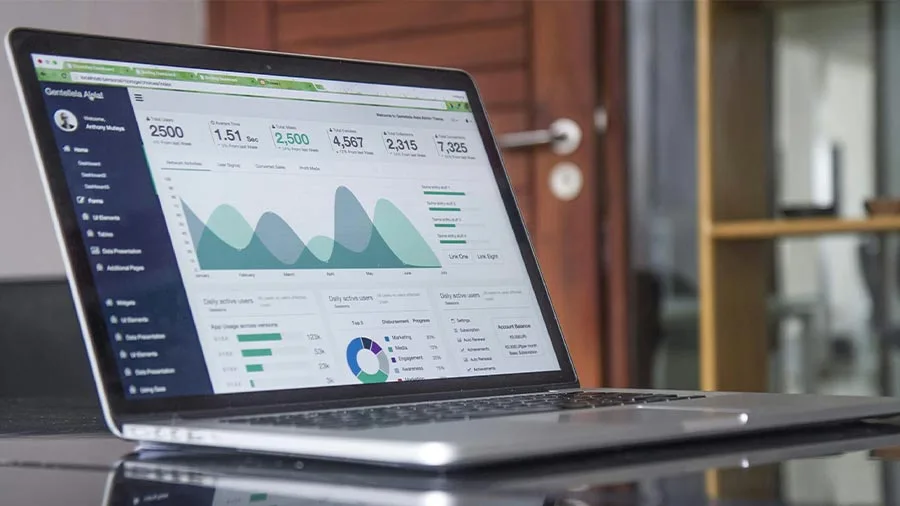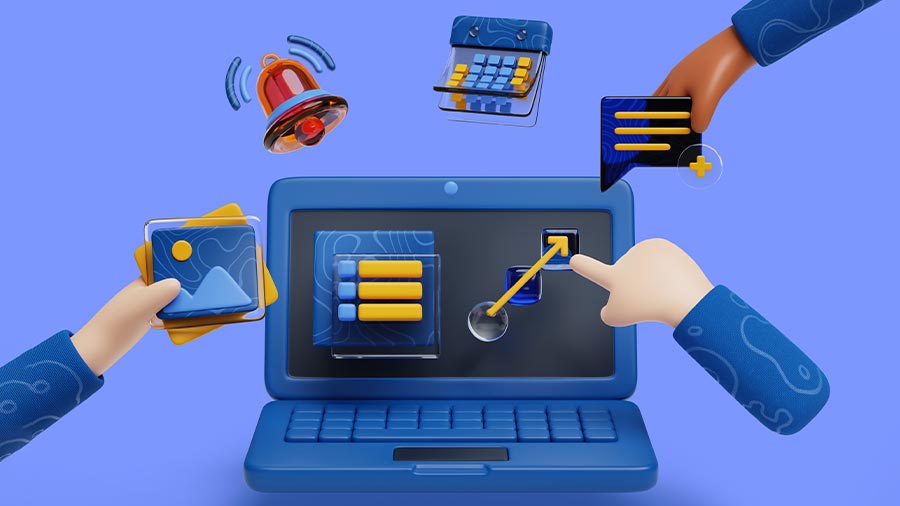First party intent data is revolutionizing how marketers understand their audience. Unlike traditional data sources, it offers direct, real-time insights into customer behaviors and preferences right from your owned properties. This information, gathered from website visits, app usage, and interactions with your content, reveals what your customers are actively looking for and genuinely interested in. Understanding and leveraging this invaluable data is crucial for tailoring your marketing strategies, optimizing user experiences, and ultimately driving better engagement and conversions. Let’s dive into why first party intent data matters and how to harness its power.
What is first party intent data?
First party buyer intent data refers to behavioral signals collected directly from your audience through interactions on your owned digital channels, such as your website, emails, apps, or webinars. Unlike third-party data gathered by external platforms, first party B2B intent data offers unmatched accuracy because it stems from direct engagement with your brand. These signals may include page views, time spent on product pages, downloads, form submissions, or webinar attendance.
Some behaviors indicate interest in a topic (like reading a blog), while others signal buyer intent (like checking pricing). This data helps marketers understand where prospects are in the buyer’s journey, personalize awareness campaigns, and prioritize leads more effectively. Because the information is gathered firsthand, it’s both reliable and privacy-compliant, making it a critical asset in a cookieless world.
Importance of First Party Intent Data:
First party intent data is essential in today’s privacy-first marketing landscape. With growing restrictions from regulations like GDPR and CCPA, brands must rely on ethically sourced, consent-based data. First party intent, derived directly from your audience’s interactions, such as website visits, content downloads, or email engagement, offers unmatched accuracy and relevance.
Unlike third-party data, which often lacks context or precision, first party intent reveals exactly what your prospects are interested in and where they are in the buyer’s journey. When this data is centralized through a customer data platform (CDP), marketers gain a unified view of each prospect’s behavior, enabling them to personalize outreach, improve targeting, and drive higher conversion rates while maintaining full compliance with privacy regulations.
Though limited in scale compared to third-party sources, first party data is more reliable, cost-effective, and trust-building. When used in ABM strategies and integrated with third-party insights, it delivers a complete picture of buyer behavior. The B2B intent data creates better campaigns, better engagement, and a competitive edge in reaching in-market buyers at the right time.
How Can B2B Marketers Collect First Party Intent Data?
First party intent data, directly from your customer interactions, is invaluable. Here are five key ways to collect it:
- Website Analytics
Use tools like Google Analytics, Hotjar, or Adobe Analytics to track how visitors engage with your site. Monitor page views, time spent, navigation paths, clicks, and form fills. These behaviors signal what users are exploring and indicate their level of interest in specific products, services, or solutions.
- Email Engagement
Platforms like HubSpot, Mailchimp, or Marketo help you analyze how recipients interact with your emails. Open rates, click-throughs, and specific link engagement reveal a prospect’s intent and interest. These insights help tailor follow-ups and content suggestions to match each user’s journey stage.
- CRM and Sales Interactions
CRM systems like Salesforce or Zoho log interactions across sales, support, and marketing touchpoints. Tracking contact frequency, conversation topics, and deal stages uncovers buying intent and enables timely, personalized outreach to move prospects further down the funnel.
- Content Gating and Form Fills
Gated assets such as whitepapers, case studies, and webinars serve as powerful intent signals. When users exchange information to access content, they reveal their interest in specific topics. This helps identify high-intent leads and personalize follow-ups based on content type and context.
- On-Site Engagement Tools
Chatbots, live chat, and exit-intent popups like those from Drift or Intercom offer real-time engagement data. User questions, content requests, or interactions with prompts provide clues about their pain points, urgency, and interest level, valuable data for intent-based lead scoring and nurturing.
Best Practices for Leveraging First Party Intent
Once you’ve collected first party intent data, the next step is to activate it through personalized and targeted marketing strategies. Start by segmenting your audience based on behavior, preferences, and engagement level. For instance, users who have frequently visited a product page but haven’t purchased can be grouped and targeted with tailored content or offers. Personalization becomes more effective when backed by this data; customized email campaigns, dynamic website content, and relevant product recommendations can significantly boost engagement and conversions. Lead scoring also improves, as behaviors like repeated visits to pricing pages or multiple downloads help identify high-intent prospects, allowing sales teams to prioritize follow-ups. B2B Intent data further informs your content strategy by revealing which formats or topics perform best, helping you focus on content that drives real interest.
In addition, retargeting becomes more impactful by serving relevant ads to users who’ve shown intent but haven’t converted yet, like cart abandoners or visitors to key pages. In sales, only a small portion of your website traffic is likely to convert, typically 10–15%. First party intent allows you to focus efforts on high-potential leads by monitoring their content consumption, email opens, and time on site. This level of visibility enables sales teams to personalize outreach and improve lead conversion, ultimately increasing pipeline velocity and close rates.
Conclusion
In 2025, first party intent data will be the foundation of successful, privacy-first marketing. It provides accurate, real-time insights straight from your audience’s interactions, allowing for precise targeting, personalization, and lead prioritization. As third-party cookies phase out and data privacy regulations tighten, first party intent offers a compliant, trustworthy, and cost-effective solution. By leveraging it strategically through segmentation, personalization, and sales alignment, B2B marketers can create meaningful, intent-driven experiences that resonate with prospects and drive measurable results. The future of marketing belongs to those who understand and activate first party data effectively.




